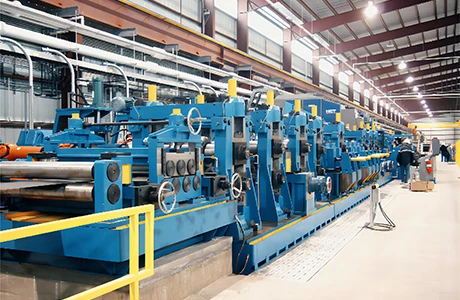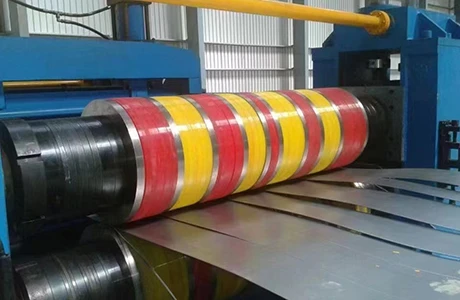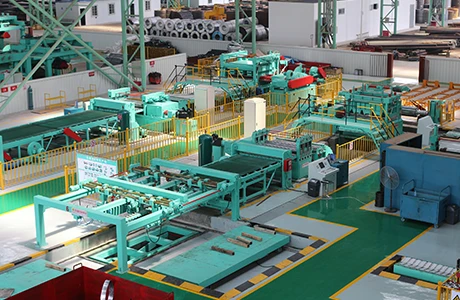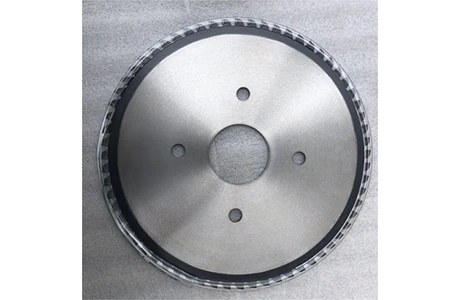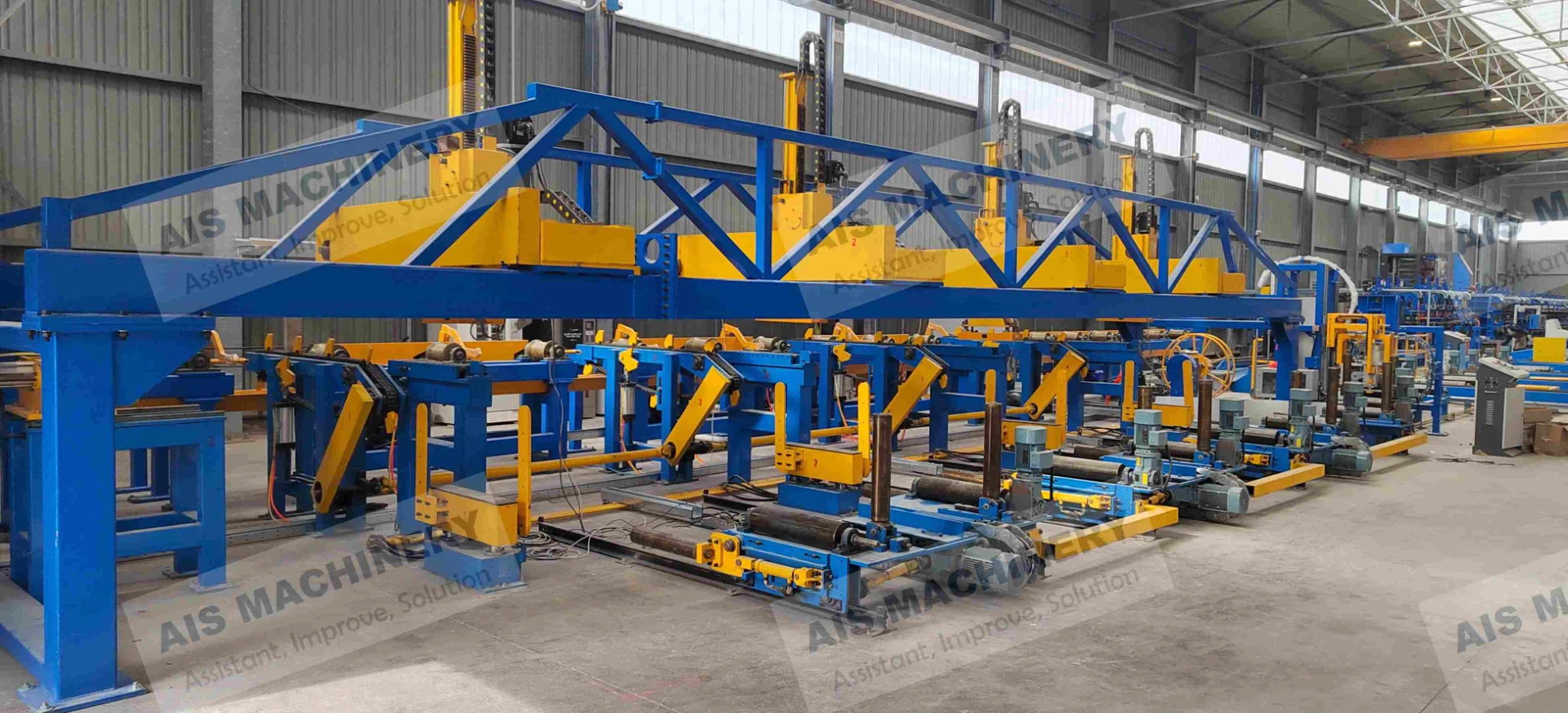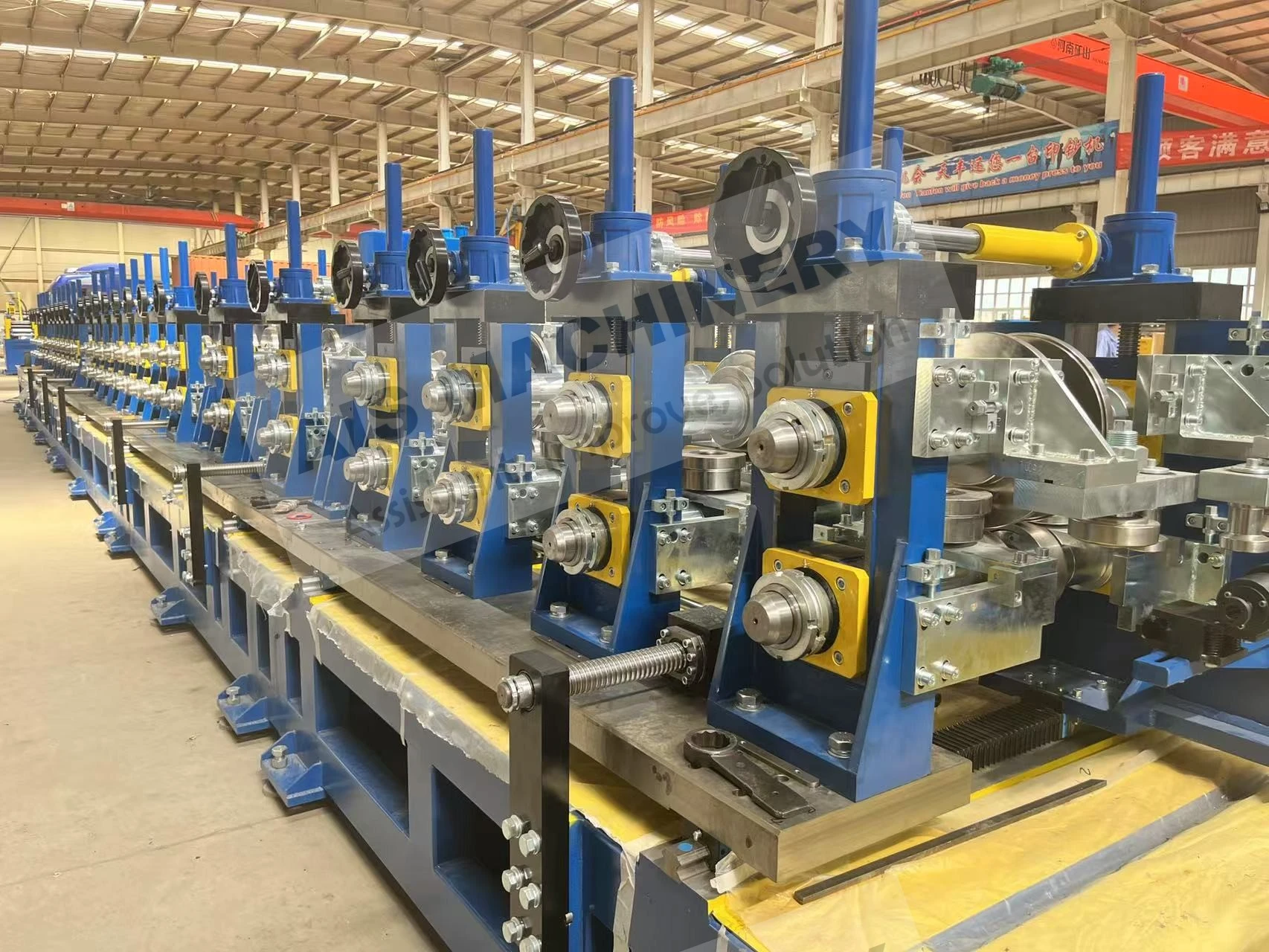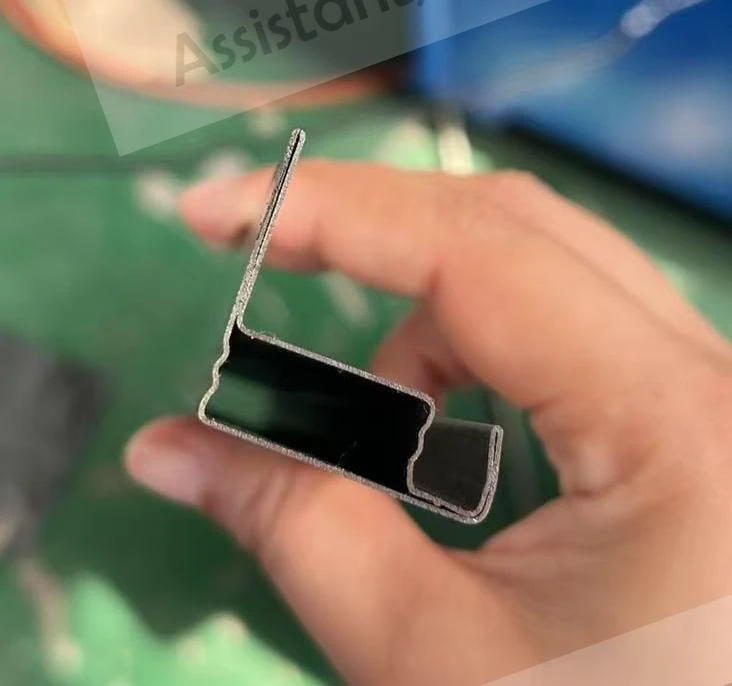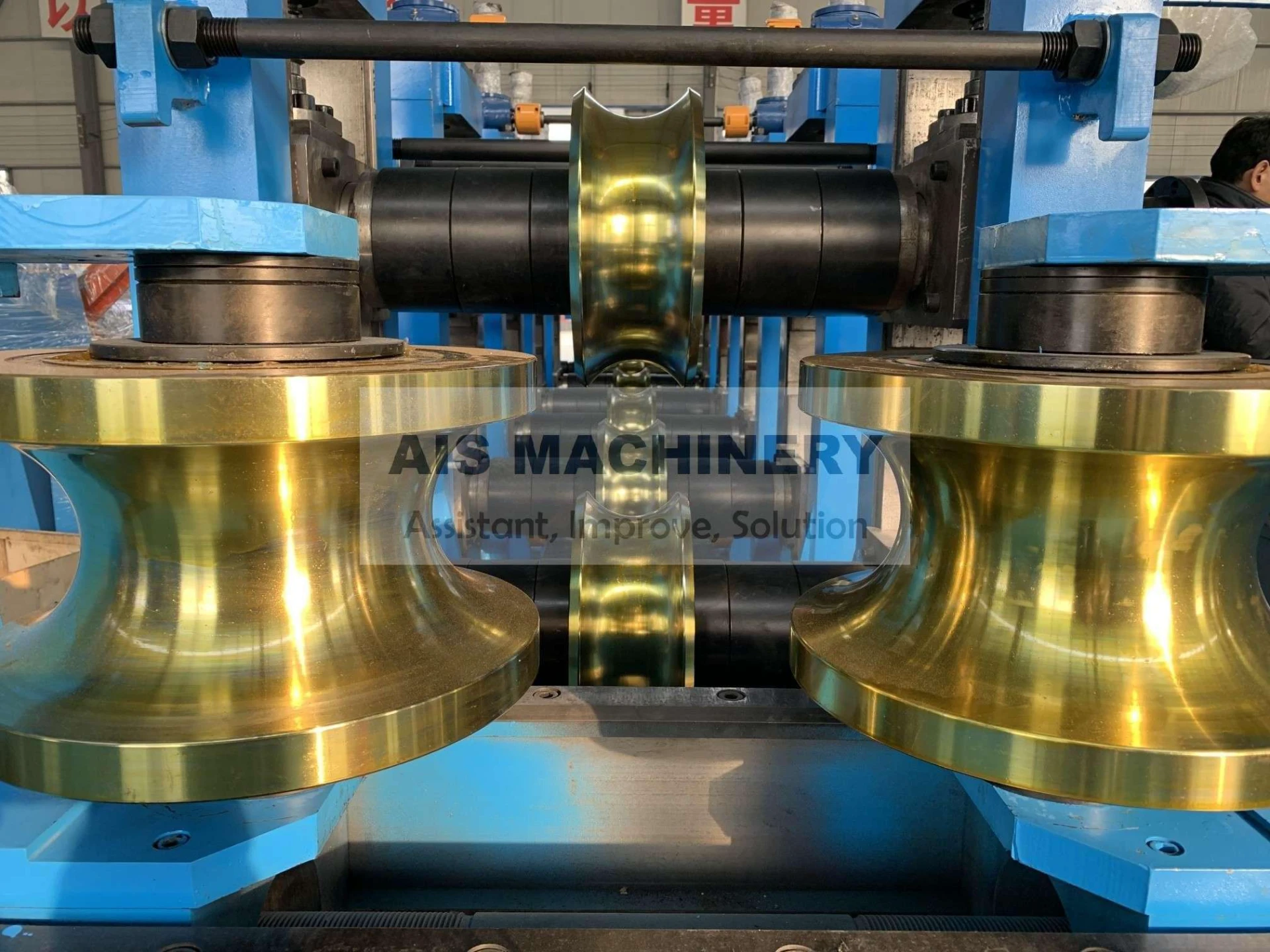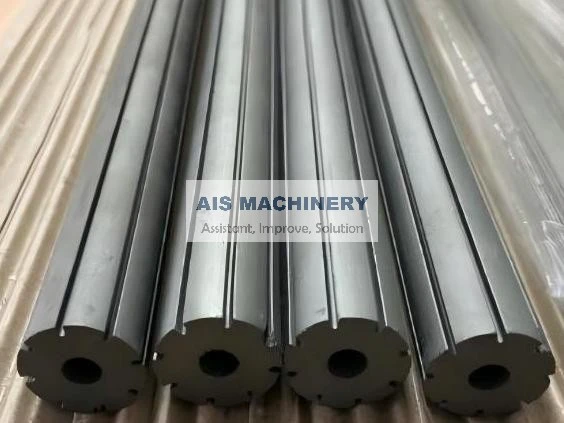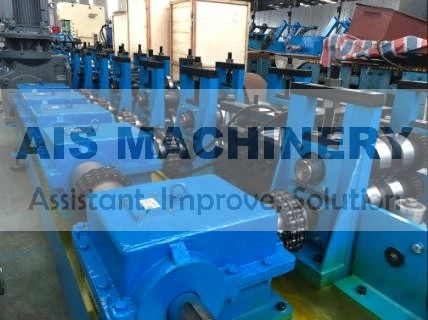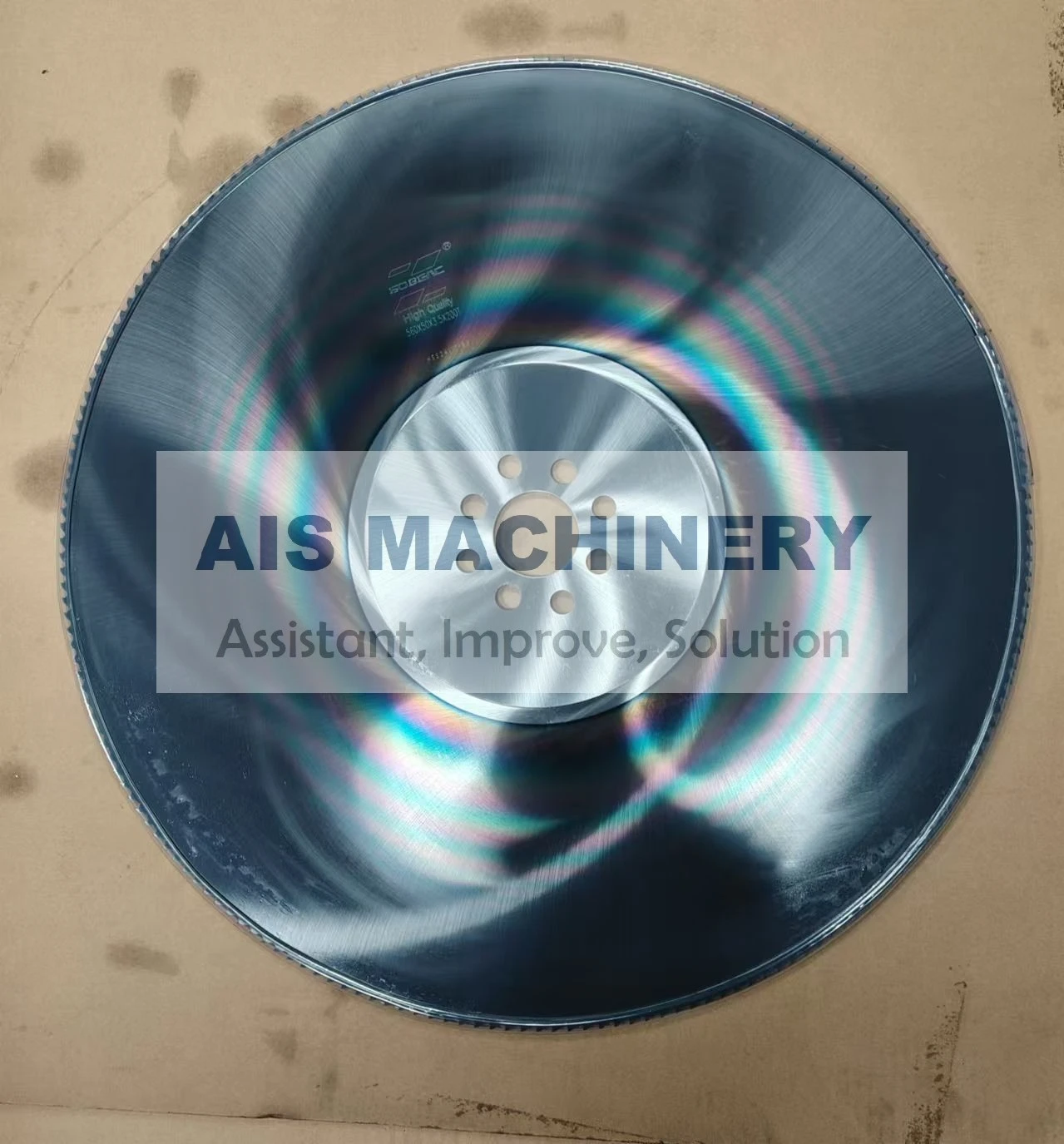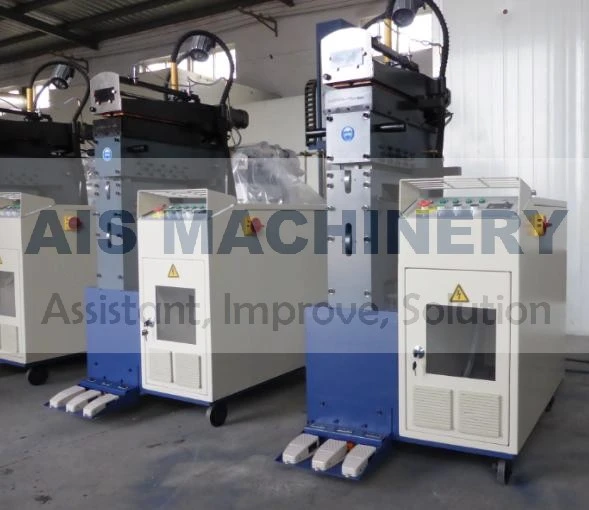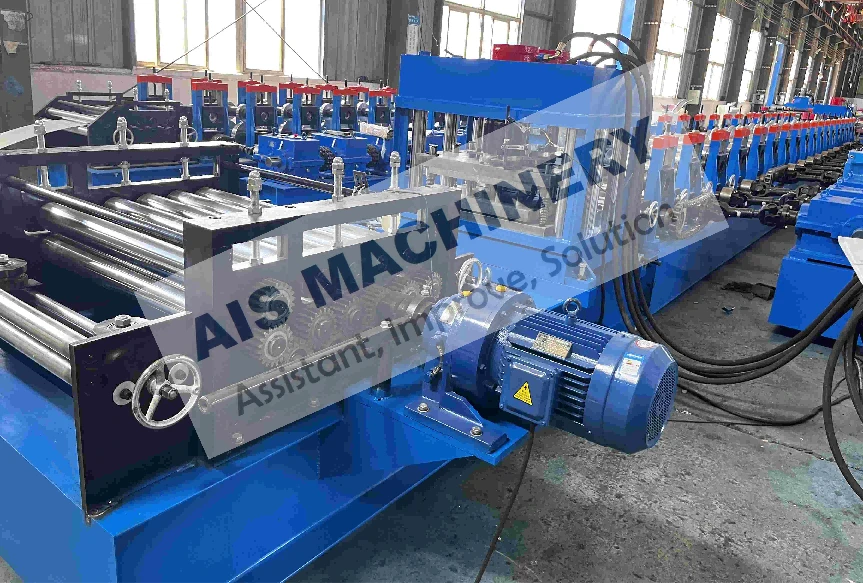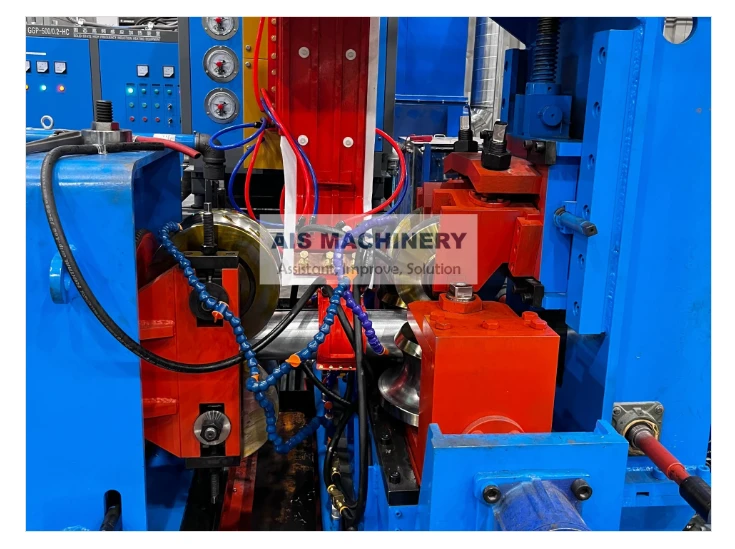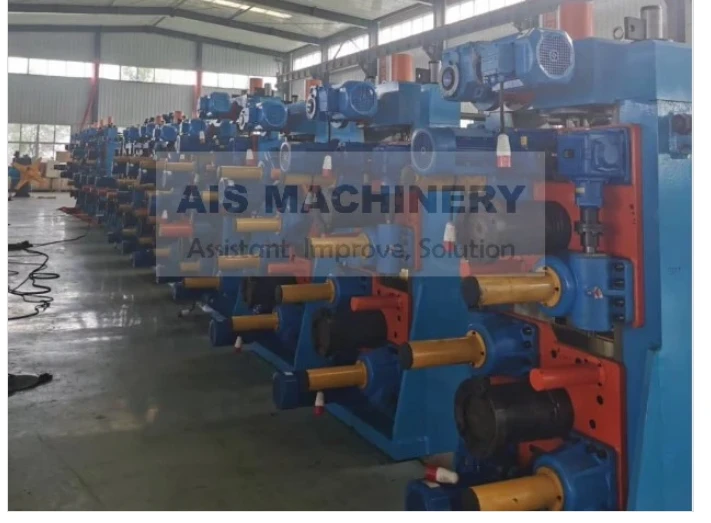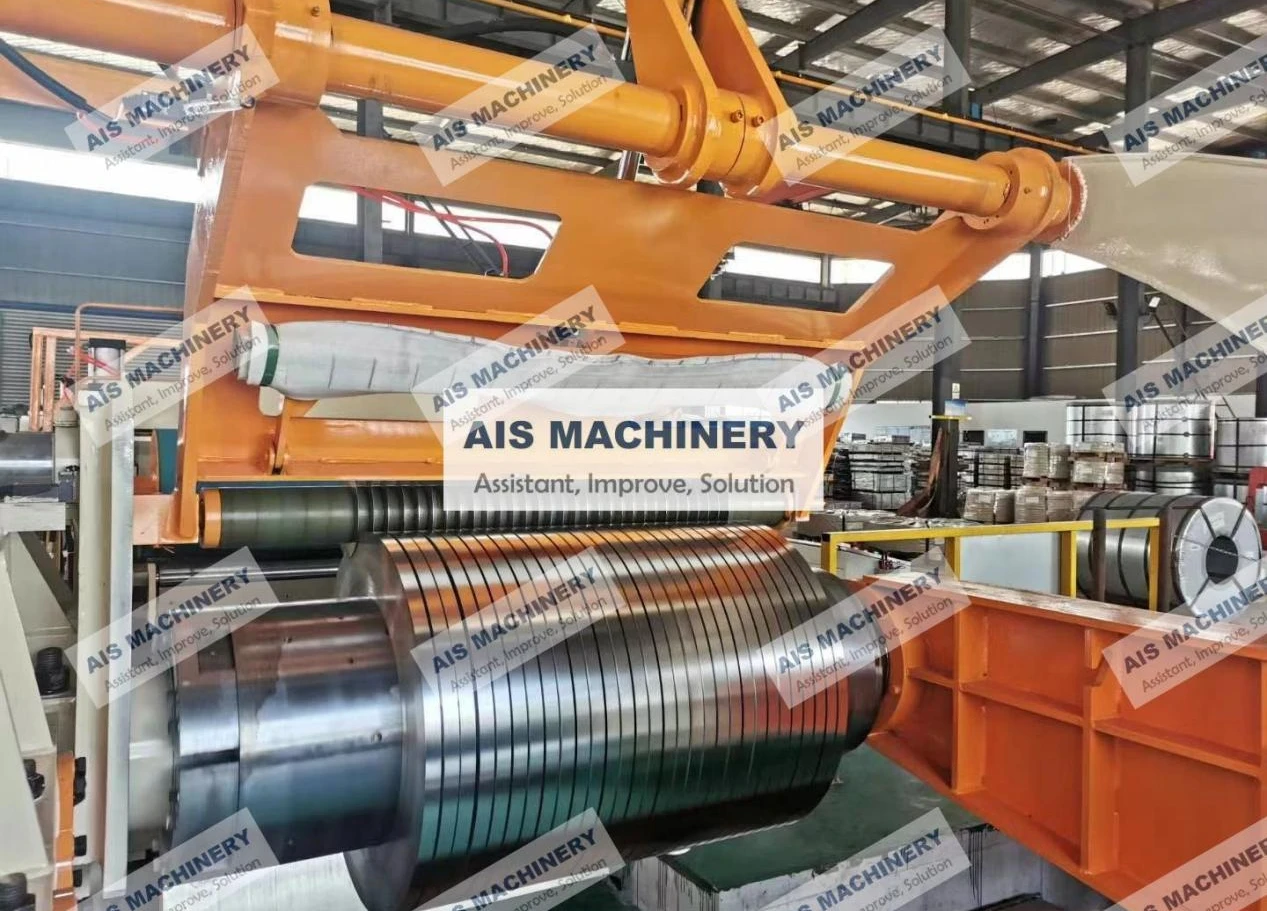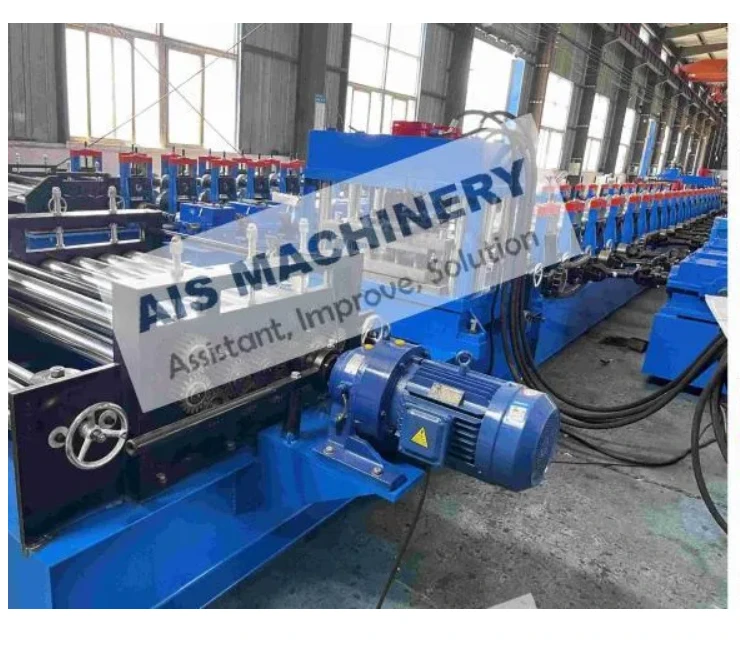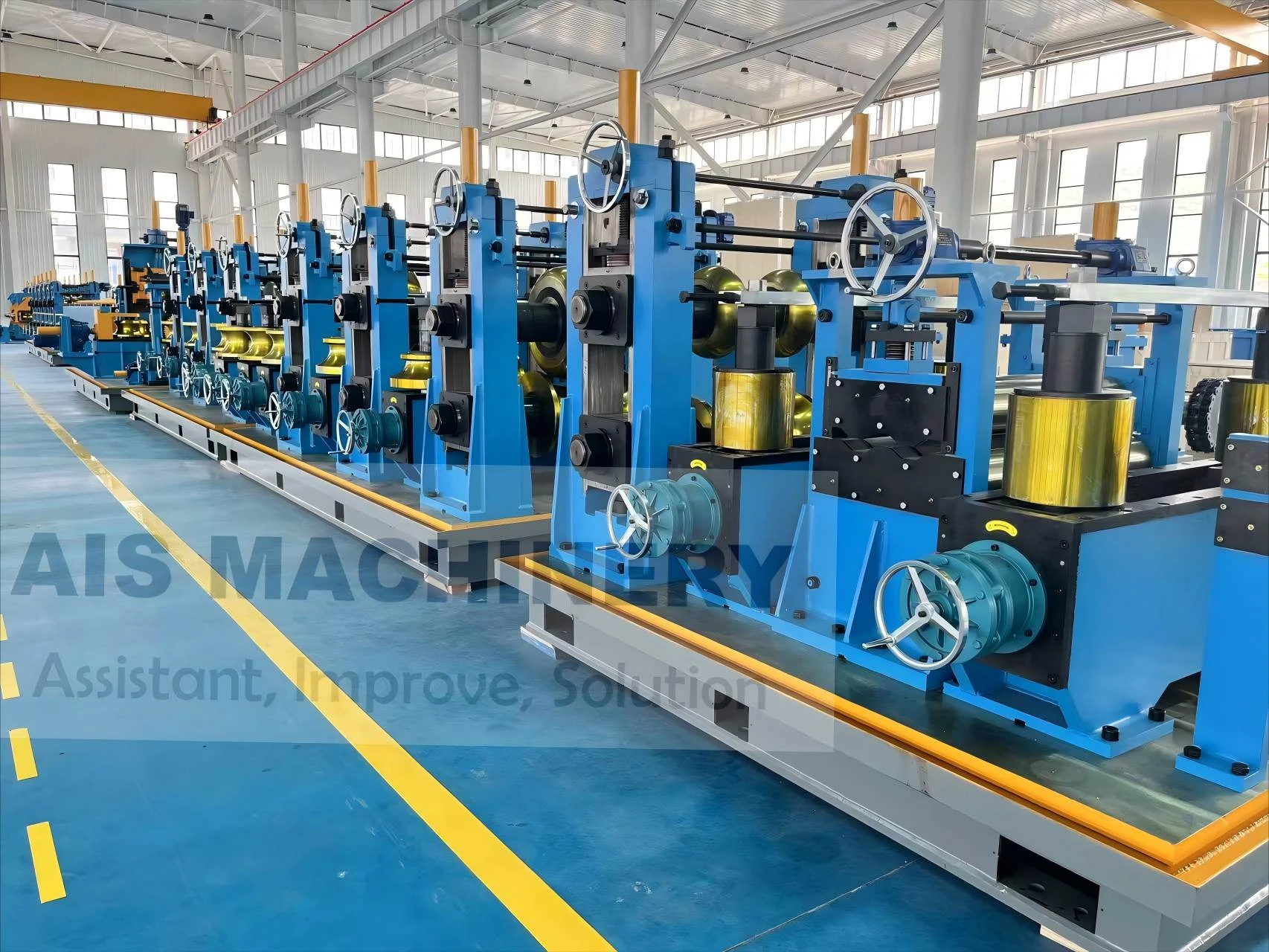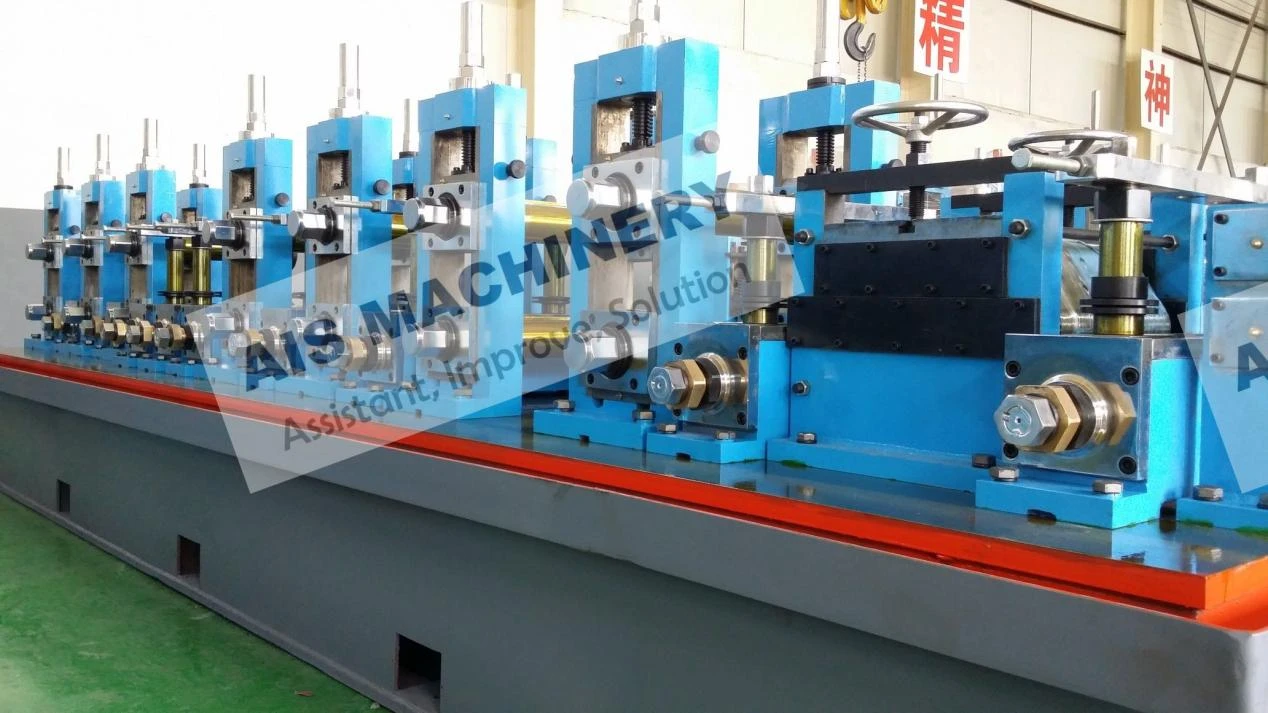-
 Tel:86-15176910262
Tel:86-15176910262
-

Search
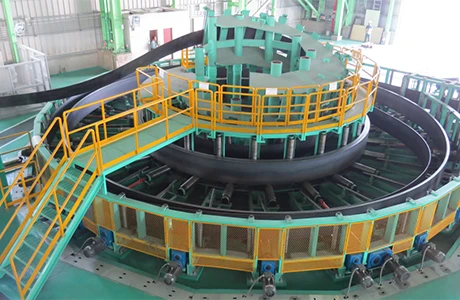
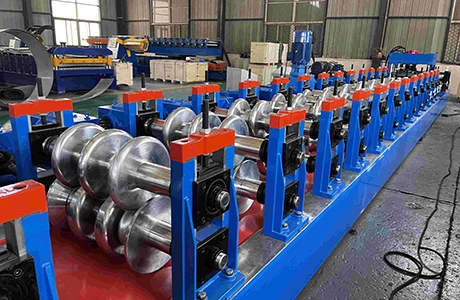
Precision Stainless Steel Slitting Machine for High-Efficiency Cutting
Iyun . 07, 2025 14:13
- Industrial significance of precision metal processing equipment
- Core engineering principles behind coil processing systems
- Production metrics and industry performance benchmarks
- Comparative technical specifications across manufacturers
- Customization possibilities for specialized industrial needs
- Implementation scenarios across manufacturing sectors
- Operational considerations for production optimization

(stainless steel slitting machine)
Understanding Stainless Steel Slitting Machines in Modern Manufacturing
Precision processing equipment for corrosion-resistant alloys represents a cornerstone of industrial production infrastructure. These systems transform coiled metallic substrates into precisely dimensioned strips for subsequent fabrication stages. Technological progression has yielded processing units capable of handling material thicknesses from 0.1mm to 6.0mm, with coil weights exceeding 20 metric tons in advanced configurations. Contemporary manufacturing facilities report 25-30% production efficiency gains after implementing fourth-generation slitting platforms. Quality consistency remains paramount, with industry standards demanding dimensional tolerances within ±0.005 inches for aerospace and medical applications.
Unparalleled Technical Advantages for Precision Processing
Advanced coil processing centers incorporate synchronized servo controls that maintain consistent linear tension throughout operations, critically important for work-hardening grades like 301 stainless. Precision ground circular blades manufactured from tungsten carbide maintain cutting edges through approximately 3,500 operational hours before requiring reconditioning. Vibration-dampening frames constructed from normalized steel minimize harmonic distortion during high-velocity operation (up to 800mpm). Modern safety systems include light curtains with 14mm resolution and emergency braking that halts machinery within 0.8 seconds. Dual-shaft configurations permit simultaneous processing of different strip widths, increasing throughput by 40% compared to conventional single-shaft designs.
Comparative Analysis of Leading Industrial Machinery
| Specification | Eurotechnica GmbH | Precision Coil Systems | Matthews Industrial | Global Metalworks |
|---|---|---|---|---|
| Max Line Speed (mpm) | 750 | 600 | 820 | 680 |
| Material Thickness Range (mm) | 0.1-4.5 | 0.2-5.0 | 0.15-6.0 | 0.3-4.0 |
| Tolerance Accuracy (mm) | ±0.02 | ±0.03 | ±0.015 | ±0.025 |
| Average Blade Lifetime (hours) | 3,200 | 2,800 | 3,600 | 2,900 |
| Changeover Duration (minutes) | 18 | 25 | 12 | 22 |
Customized Solutions for Specialized Applications
Manufacturers frequently develop application-specific configurations addressing unique production challenges. A recent implementation for medical component production incorporated laser-calibrated guide systems maintaining ±0.002 inch tolerances across continuously processed 316L surgical-grade coils. Another specialty deployment for automotive exhaust systems features ceramic-coated deflection rollers resisting thermal deformation at sustained 550°C operating temperatures. Modular designs enable operators to configure processing lanes between 12-84 inches within the same structural framework. Purpose-engineered solutions commonly address: custom edge conditioning requirements; specialized surface protection systems preventing cosmetic damage; integrated automated gauge verification; and predictive maintenance subsystems tracking component wear patterns.
Industrial Applications Across Manufacturing Sectors
The transportation sector consumes approximately 32% of processed stainless strips, primarily for structural reinforcement components in mass transit vehicles. Electronics manufacturers source precision-slit coils for EMI/RFI shielding applications, with dimensional accuracy being critical for automated circuit board assembly. Architectural fabricators increasingly use brushed finishes produced inline during slitting operations. A notable case study involves a North American appliance manufacturer that reduced material waste by 28% after transitioning to precision-cut coil processing, simultaneously increasing production line speeds by 19% through optimized material feed consistency. Specialized processing lines for cryogenic applications successfully maintain dimensional stability when processing alloys at -60°C to prevent springback issues.
Critical Operational Considerations
Optimal performance requires thorough assessment of multiple operational variables before specification and installation. Operators must verify compatibility between shear strength calculations for specific alloy grades and the cutter head capacity of targeted equipment. Environmental conditions significantly affect processing parameters - temperature variations exceeding 15°C require compensation algorithms to maintain dimensional accuracy. Operational expenditures analysis should account for blade replacement costs (averaging $2,500-$8,000 per set), power consumption ranging from 80-300kWh depending on throughput, and required maintenance intervals (approximately 250 operational hours for preventative maintenance protocols). Advanced operators implement statistical process control systems tracking seven critical quality parameters continuously.
Advancing Production Efficiency with Stainless Steel Slitting Technology
The progression toward increasingly sophisticated stainless steel slitting systems consistently delivers measurable production improvements. Facilities currently upgrading to automated coil processing centers report an average 5.8-month return on investment through combined material efficiency gains, reduced manual intervention, and decreased quality rejection rates. Contemporary developments incorporate machine learning algorithms optimizing blade replacement timing and cutter head configurations, further increasing utilization rates. These advanced coil processing solutions remain essential for manufacturers maintaining competitive advantages in precision component production across medical, transportation, and industrial equipment sectors. Technological progression continues to focus on enhancing cutting precision while reducing operational expenditures through predictive maintenance integration.
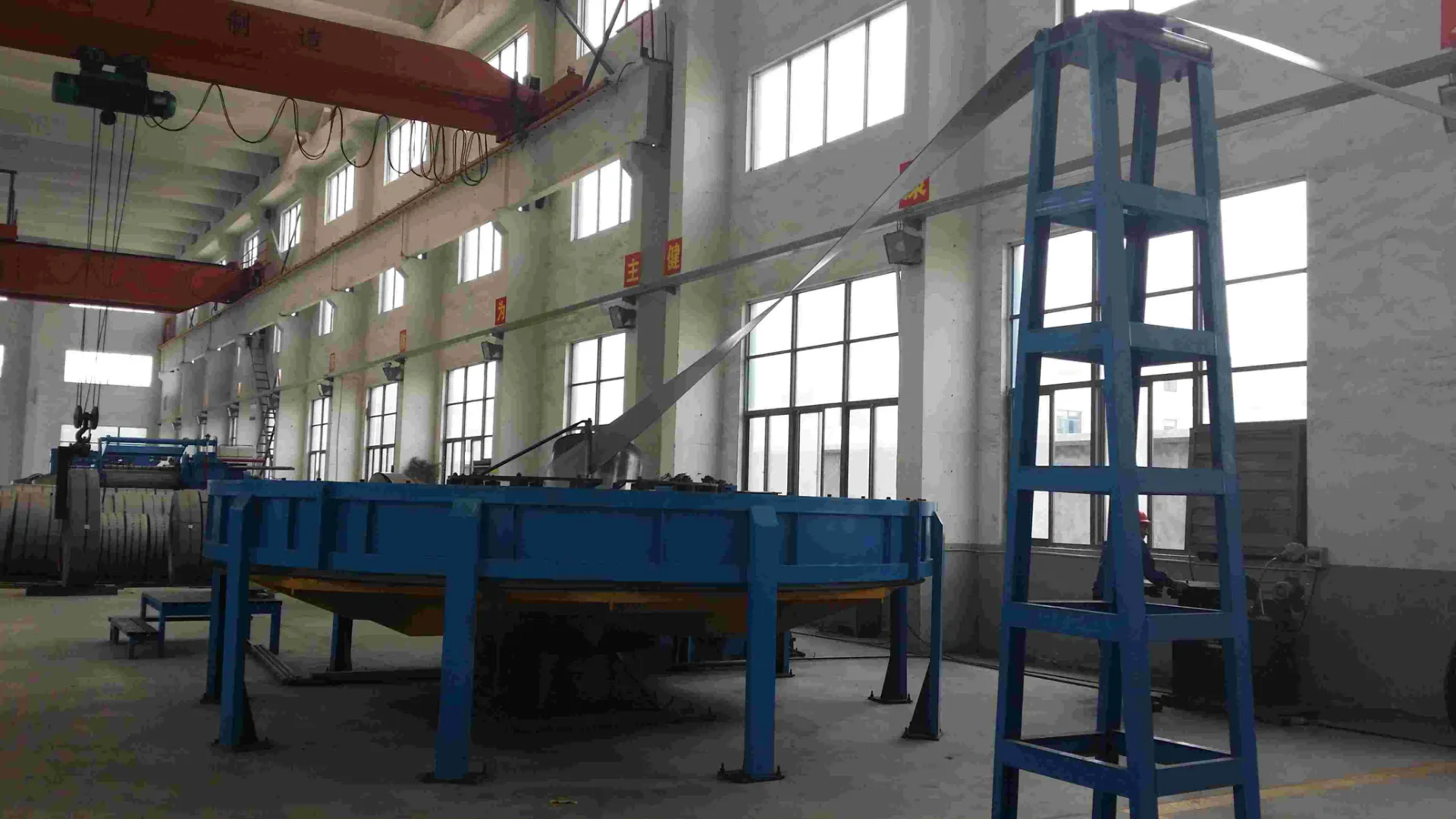
(stainless steel slitting machine)
FAQS on stainless steel slitting machine
Q: What is a stainless steel slitting machine?
A: A stainless steel slitting machine cuts wide coils of stainless steel into narrower strips for various industrial applications. It ensures precision and reduces material waste. This process boosts efficiency in metal fabrication.
Q: How does a stainless steel coil slitting machine operate?
A: It feeds stainless steel coils through precision knives to create uniform slit widths. The machine handles high-strength alloys without deforming. This operation is ideal for producing custom parts in industries like automotive and construction.
Q: What are the benefits of a stainless steel cut to length machine?
A: This machine provides accurate cutting of stainless steel to specific lengths. It minimizes edge deformation and enhances throughput. Key advantages include speed and versatility in applications such as appliance manufacturing.
Q: Why choose stainless steel slitting machines over other methods?
A: They offer superior accuracy for slit widths and lengths, ensuring cost-effective material usage. Stainless steel slitting machines reduce labor requirements. They are essential for high-volume, precision-driven metal processing industries.
Q: How to maintain a stainless steel slitting machine for optimal performance?
A: Regularly inspect and replace blades to prevent wear. Lubricate moving parts and ensure coil alignment. Following the manufacturer's maintenance schedule keeps the machine efficient and extends its lifespan.
Related Products
Related News
Send a Message
Dear customer, thank you for your attention! We provide high-quality machinery and equipment and look forward to your orders. Please inform us of your needs and we will respond quickly!

